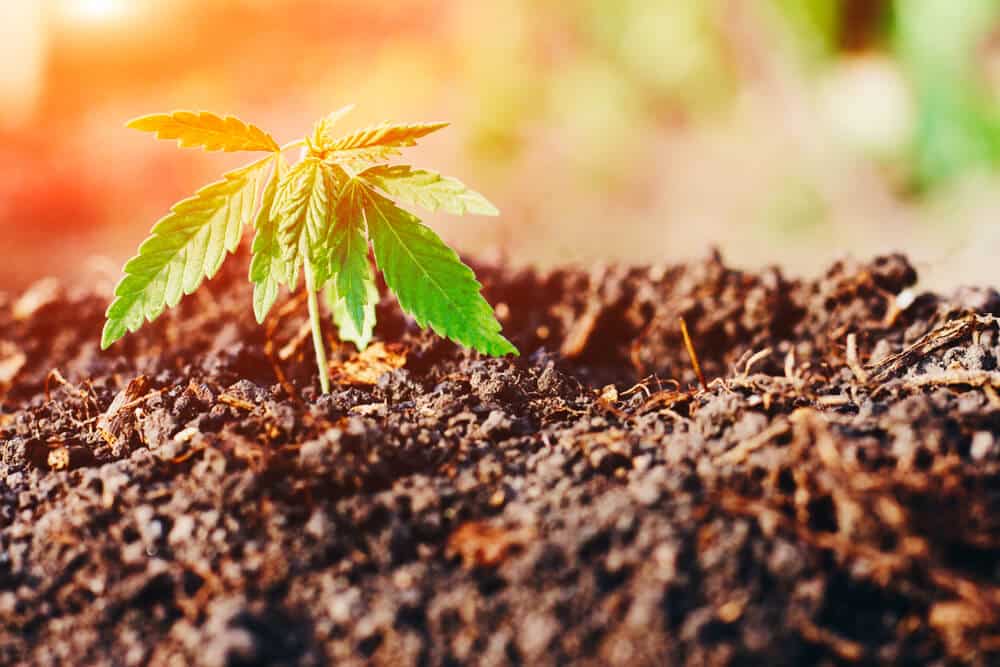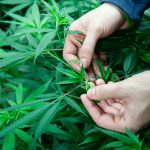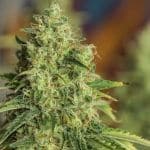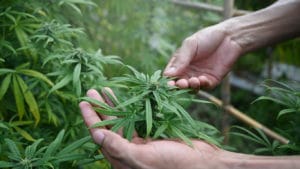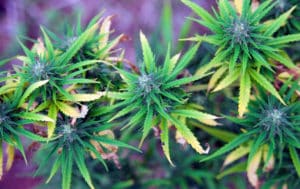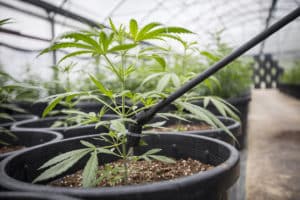Using a living soil like SoHum as a medium to grow your cannabis plants will increase your yield and will grow happy, healthy plants. That’s because SoHum Living Soils delivers the necessary nutrients specifically required for optimal results in growing cannabis.
If you’ve never used living soil to grow your cannabis, chances are you’ve run into many of the telltale symptoms of nutrient deficiency. Nutrient deficiency occurs when a plant isn’t receiving the proper micronutrients and macronutrients to fuel its cells and facilitate photosynthesis, resulting in sickly and unhealthy plants.
There are often early warning signs of a deficiency and, if it’s caught early enough, a plant can repair itself and thrive. Often growers will overlook the possibility of their crop being malnourished and, instead, rush to futile activities like foliar feeding the affected area, adding an expensive CO2 generator, or spraying their crops with pesticides. In the meantime, their plants are starving from the inside, which could lead to stunted growth, poor potency and, in the worst cases, the loss of an entire crop.
SoHum has spent countless years researching how to grow cannabis including how to spot symptoms of malnourishment. We want to share what we’ve learned about how to diagnose cannabis nutrient deficiencies. To be clear, this is a list of possible symptoms of specific nutrient deficiencies; be sure to rule out other possible maladies before changing your cannabis plants’ diet. If soil PH, excessive temperatures, nutrient burn, pests, under/overwatering, or improper lighting techniques can all be eliminated as culprits, it may be time to change your growing medium to a living soil.
Macronutrients
Nitrogen (N)
The first of the NPK macronutrient trilogy, nitrogen is essential throughout the lifecycle of the plant, and especially during the vegetative stage. Plants that are lacking in nitrogen will have leaves that lighten as they mature, eventually turning yellow. This is especially noticeable at the base of the plant. As it becomes more severe, the yellowing will spread, and the leaves will eventually curl and drop. Yellowing is to be expected toward the end of the flowering stage, but early nitrogen deficiency will cause bud sites to shrink and flowers to begin forming early, resulting in horrible yields.
Phosphorous (P)
Phosphorous is the second essential macronutrient and is necessary for photosynthesis and releasing the energy stored in carbohydrates. A lack of phosphorous in a plant is first noticeable by a purpling of the leaf stems on older leaves. Then, the leaves themselves take on a bluish green color, drastically slow in growth, and develop copper colored spots on new leaves.
Potassium (K)
The third and final macronutrient, potassium is essential in the growth of the plant. All aspects of growth require potassium, from the movements of sugars and carbohydrates to cellular division, transpiration, root growth, and water uptake. Though the least lethal deficiency to the plant, potassium is necessary to prevent sickly cannabis that produces no buds. Potassium deficiency causes the older, higher leaves on the plant to turn brown or yellow with brown edges. If left unchecked, stems will weaken, and the plant will stretch.
Micronutrients
Calcium (Ca)
Leaves take on a purple or dark blue hue. Leaf surfaces become increasingly shiny, and tips or edges turn yellow. Buds may not ripen in the flowering stage.
Magnesium (Mg)
Outer edges and veins fade to light green or yellow.
Sulfur (S)
Young leaves turn lime green, then yellow. Leaf veins will turn yellow and, finally, the leaf becomes dry and brittle. If allowed to continue through flowering, flowers will grow slowly and weakly and finished product will be of very low potency.
Copper (Cu)
Slow twisting and wilting of new growth. Dead spots appear on leaf margins.
Iron (Fe)
New leaves will grow as a yellow color and will never darken.
Manganese (Mn)
Interveinal chlorosis (yellowing between the veins on the leaves) and necrotic spots showing on all new growth, gradually spreading to older leaves.
Molybdenum (Mo)
Older leaves develop interveinal chlorosis, turn yellow and discolor at the edges. Leaves eventually curl up, twist and die.
Zinc (Zn)
Veins turn yellow, and leaf tips turn brown and die.[/vc_column_text][/vc_column][/vc_row][vc_row][vc_column][vc_column_text]SoHum Living Soil is an expert on growing cannabis, and we welcome you to learn from our experience. Check out our website for more tips and tricks on how to grow an optimal yield and get your plant more potent than ever before. Or simply contact us with questions about your crop or our products. Finally, feel free to stop by our store so you can talk shop with our knowledgeable staff. We love growing cannabis and are excited to share our knowledge of the subject with you!






